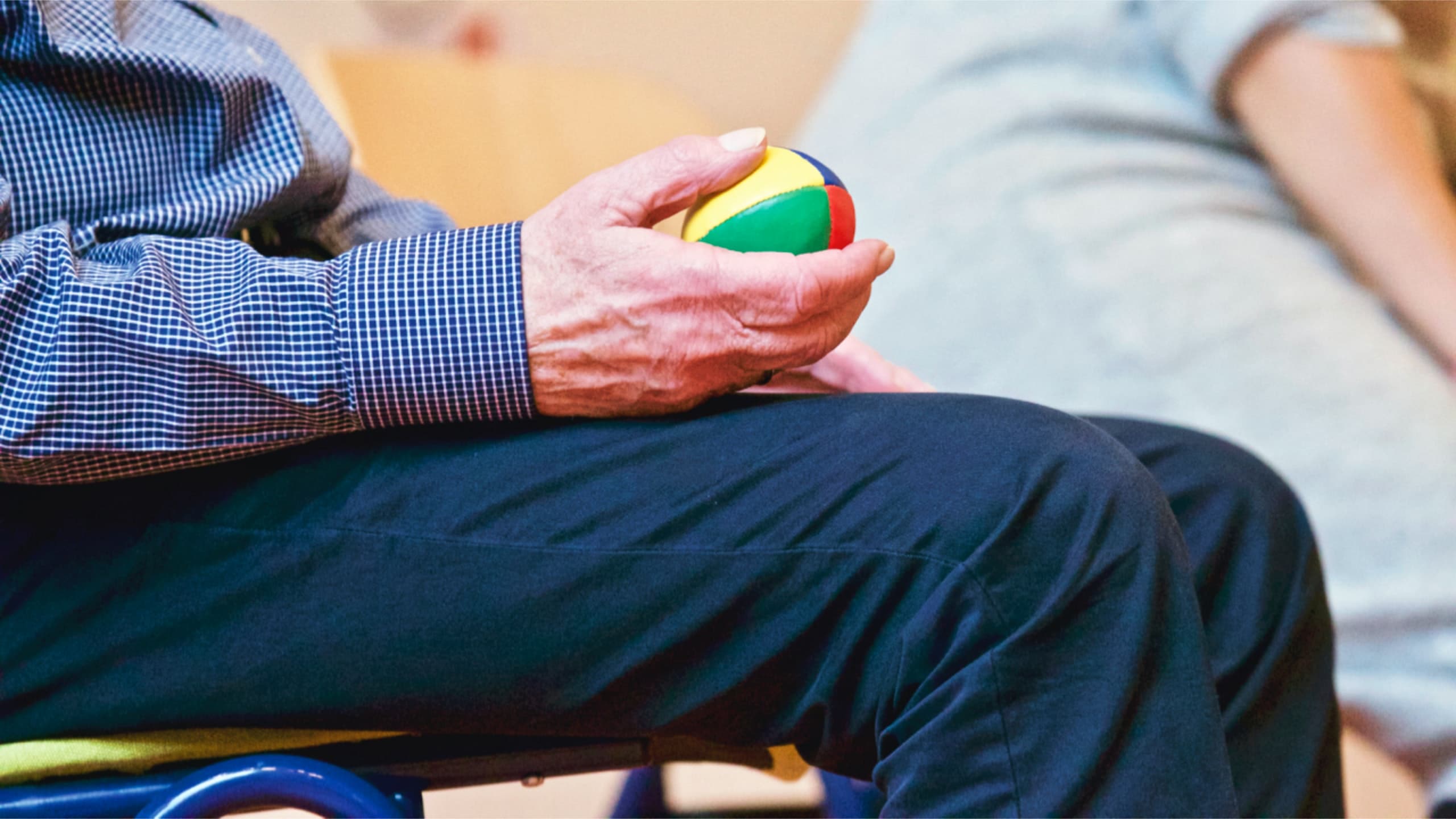If you have multiple sclerosis (MS) or care for someone who does, you’re probably familiar with the challenges that exercise presents. People with MS often avoid working out, because it raises body temperature, exacerbating symptoms like tingling, numbness, and blurred vision. These side effects are unpleasant, but research suggests that exercise can reduce their severity and improve your quality of life.
In this article, we discuss the importance of exercise for MS patients and highlight several activities that can promote muscle strength, flexibility, and an enhanced range of motion.
Why is exercise important if I have multiple sclerosis (MS)?
MS is a progressive disease that disrupts communication between your brain and the nerves in your body. As the condition worsens, it affects your balance, coordination, and mobility, increasing your risk of falls and other injuries.
Regular exercise increases circulation, builds muscle, enhances coordination, and improves balance. What’s more, regular physical activity releases endorphins that can improve your mood, emotions, and outlook.
If I have MS, can I jump into exercise, or should I meet with my doctor first?
If you have MS and you’re thinking about starting a new exercise program, make an appointment with your doctor. After a review of your medical records, a discussion of your symptoms, and a physical exam, they can:
Recommend exercises that align with your current level of physical fitness
Determine how long and intense your workouts should be
Identify any physical limitations that might affect your workouts
Refer you to an occupational or rehab therapist who can monitor your progress over time
Your doctor can also provide insights about listening to your body. If you experience pain, tingling, or stiffness during exercise, stop what you’re doing immediately. It’s better to take it easy than it is to “push through” the pain and put more stress on your body.
What are some easy exercises for people with MS?
After an exam and an assessment of your physical fitness, your primary care doctor makes exercise recommendations. The type of exercises they recommend depend on several factors including your age, the severity of your symptoms, and your general health.
We’ve listed 5 of the most common, MS-friendly exercises below:
1) Stretches. Many people with MS suffer from muscle spasms and cramps. As the disease progresses, you might also experience a loss of balance or lack of coordination. Stretching can address both of these issues. It improves circulation throughout your body, enhances your range of motion, and reduces spasticity.
Try to stretch for 15-20 minutes a day. If you experience pain or sensitivity, listen to your body. As your flexibility improves, consider trying a more complex activity like Yoga or Tai-Chi.
Check out this video on stretching from the National MS Society:
https://www.youtube.com/watch?v=2Yd-_8AspMc
2) Overhead press. All you need for this exercise is a set of dumbbells. If those aren’t available, try holding a water bottle or a jar of peanut butter in each hand.
Next, stand up or sit down with your head and back straight. Then, lift the weights, bottles, or jars up, so your arms form a 90-degree angle. Once you're in the starting position, push your arms up, so the weights, bottles, or jars, are fully extended. Then, bring your arms back down to starting position. Repeat these same steps at least 10 times to build upper body strength.
https://www.youtube.com/watch?v=B-aVuyhvLHU
3) March in place. Do this exercise next to a table, chair, or kitchen counter, so you have something to hold on to.
Once you’re in position, stand up straight with your feet shoulder-width apart. Next, slowly bend your right knee and lift your right foot until your thigh is parallel with the floor. Hold the stretch for three seconds, lower your right leg, and then repeat the stretch with your left. Complete at least five reps on each leg to encourage balance and flexibility.
https://www.youtube.com/watch?v=XIhqeDe4TLE
4) Planks. Planks work the core muscles, like your abdominals and obliques. When your core is strong and stable, your joints experience less stress and you have better balance.
To do a plank, lie face down on the floor or a yoga mat. Then, prop yourself up on your elbows and toes, making sure your abdominal muscles contract. Keep your hips in alignment with your shoulders so your butt doesn’t stick up in the air.
Hold the plank position for 10-15 seconds, take a break, and then repeat. As your core gets stronger, hold the pose for longer.
https://www.youtube.com/watch?v=ASdvN_XEl_c
5) Water aerobics. If you’re overweight or have arthritis or another health problem that causes joint pain, consider water aerobics.
Thanks to buoyancy, it’s much easier to lift weights, get your heart rate up, and remain mobile in the water. That said, it’s important to remember that not just any pool will suffice. Heated pools can trigger an MS flare. Ideally, the water temperature should be between 80-84 degrees Farenheit.
Check out this video on water aerobics from the Multiple Sclerosis Association of America:
https://www.youtube.com/watch?v=PmDArJJjG4c
Is there anything else I should know about exercise and MS?
Living with MS isn’t easy, but regular exercise can significantly improve your quality of life and reduce the frequency of flares.
Aside from strengthening your arms and legs, exercise supports bladder and bowel function and reduces fatigue. Furthermore, by implementing exercise into your daily routine, you can better manage the symptoms of multiple sclerosis and live a more active and rewarding life.



